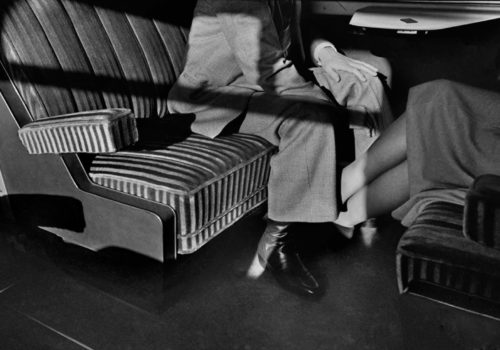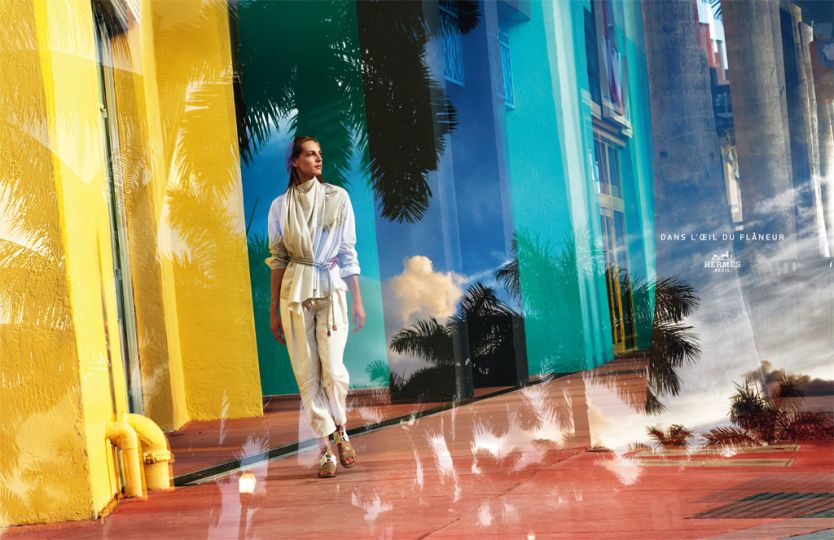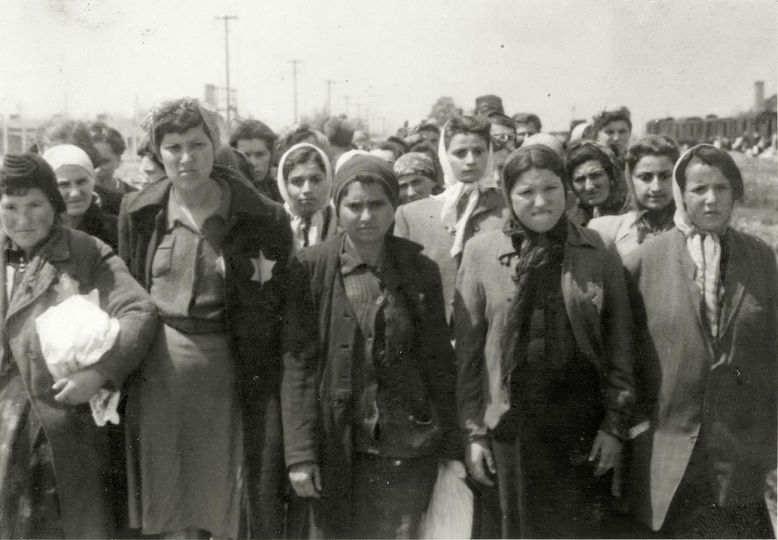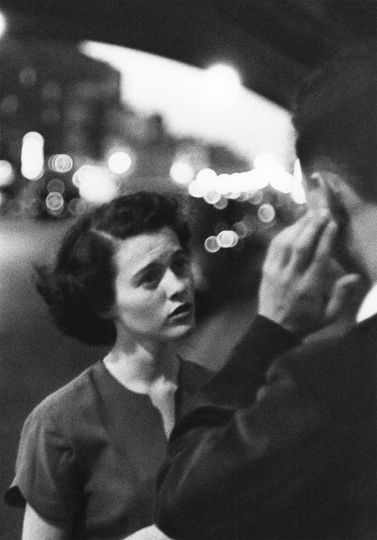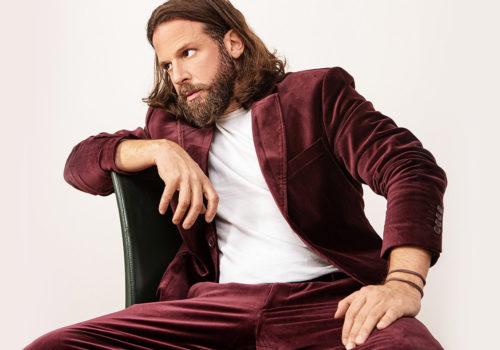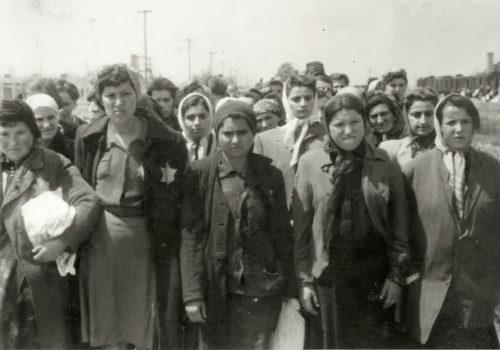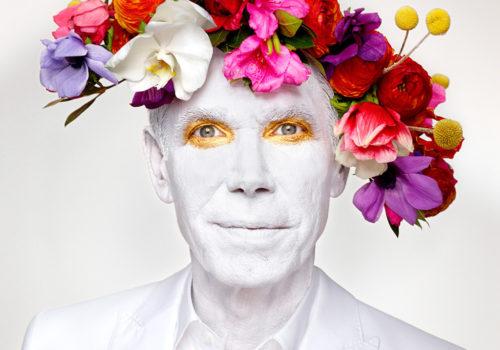In Antwerp I had a very Catholic education.
At home, first there was God, then the Pope, then my father.
My older sister became a missionary in Zaire, where she was killed in 1968. After my studies, I came to Paris as soon as possible, partly to escape, and worked in fashion. In New York in 1968, I discovered Pop Art. I began to see everyday objects in a different way, with a kind of distance and humor. That had a profound effect upon me.
Then I went to London, where, fascinated by the first color television screens, I made my first series, TV Shots, in 1971-72. It was my first work of “reportage” about the world, taken in my room, where I was able to better understand the distance. I could imagine working in Belgium again because I didn’t live there anymore. It’s difficult to make work about the place where you live. You become less alert. Everything starts to seem normal. I traveled back and forth, and I noticed that my best shots were taken at the beginning of my stay. It was 1973 and I only worked in black-and-white. Everything seemed gray.
Sometimes I went to the countless local festivals, carnivals and processions, which are very characteristic of Belgium. Spectacular amounts of alcohol are served. Despite everything, I wanted to avoid being overly sentimental and the other pitfalls of documentary photography.
Harry Gruyaert
Read the full text of this article on the French version of Le Journal.
Roots : Harry Gruyaert
From december 13th 2012 to February 3rd 2013
Botanique
Rue Royale 236
1210 Brussel
Belgium

